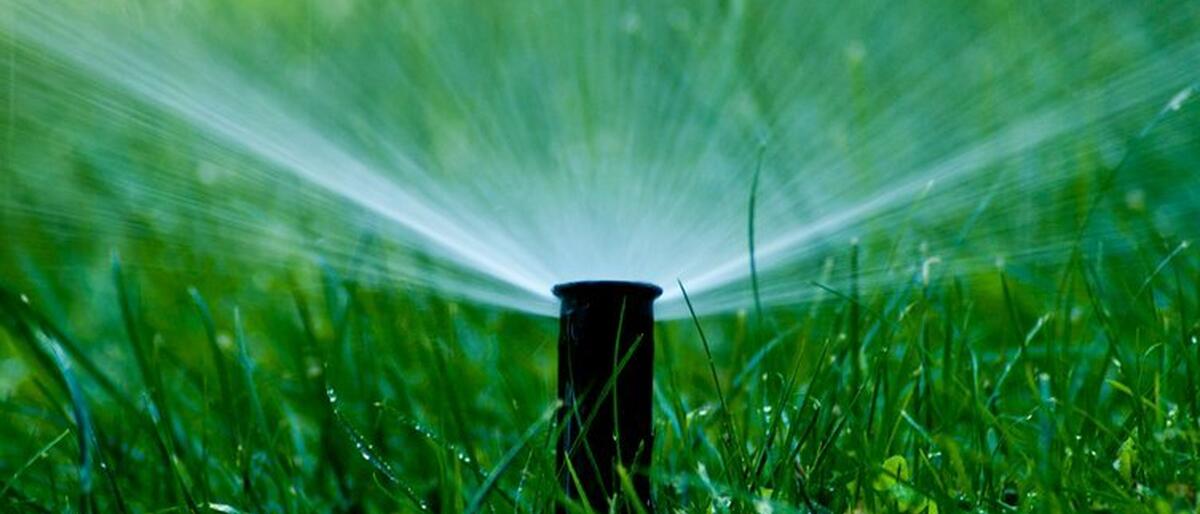Why Winterize Irrigation Systems?


Are you asking yourself, "why winterize irrigation systems?" In the past, perhaps you simply turned your irrigation clock to the off position. Lucking out with the arrival of spring with no breaks or leaks. Unfortunately, many homeowners aren't so lucky and they are left tackling time-consuming and costly repairs.This is because a simple, yet necessary, step was neglected. Irrigation systems must be properly drained of all remaining water before winter takes hold. Water left in pipes will freeze, and once frozen, they expand. This expansion causes burst pipes which are discovered once the system is operating again. This is why we highly recommend winterizing irrigation systems.
There are two accepted ways in which to drain your irrigation system. The first is the manual technique and the second is the blowout technique. The blowout technique is considered the only professional way to drain a system. This method ensures the protection of your system. The manual technique may leave remaining water in your pipes, depending on the design of your system. However, the manual technique is better than just turning your clocks to the off position.
The manual drain method is used when manual valves are located at the end and low points of the irrigation piping. To drain these systems, shut off the irrigation clock and open all the manual drain valves. You will also need to drain the water between the irrigation shutoff valve and the backflow prevention device. Make sure you close the drain valves after you are finished draining them.
Expert Tip: Please keep in mind that draining your irrigation system using this technique is NOT a guarantee all remaining water is being removed. Proper drainage using this method depends on the angle of the piping leading to the lowest valves.Blowout Technique
The blowout technique uses compressed air to throughly remove all remaining water in your irrigation system. First, the gate valve is turned to the off position, cutting water to the backflow device as well as the entire irrigation system. Then, the compressor (should be a high-volume, low-pressure compressor) is connected to the backflow device which is connected to the mainline. Next, the mainline is charged with pressure (80-100 pounds of pressure, depending on the size of the pipe and overall system). After the line is charged, slowly open one valve at a time, letting air rush through the lateral. This pushes all remaining water completely through the line. This will be apparent because water will sputter out and only air will be visible at the valve. Proceed the same way through all the valves. It is best to start with the highest point, working toward the lowest valve.
Important Note: Compressed air moving through dry pipes causes friction, generating heat, which in turn damages irrigation pipes. Also, never run the compressor without at least one irrigation valve open.
Expert Tip: If you have any hesitations on performing this service yourself, we highly recommend seeking the help of a professional.Want to find out more about irrigation services?